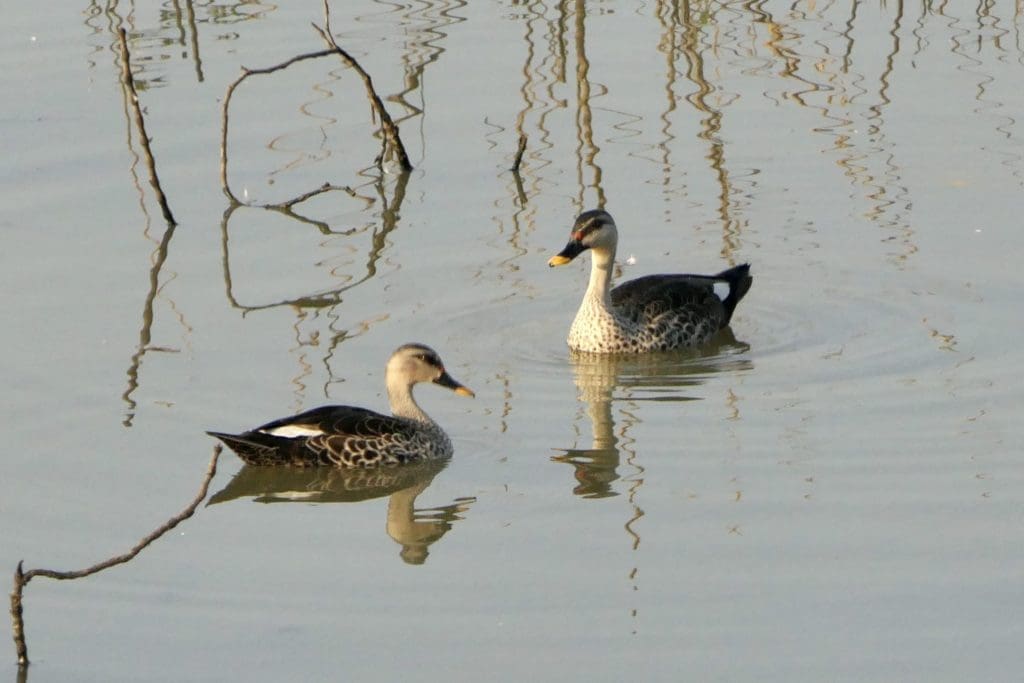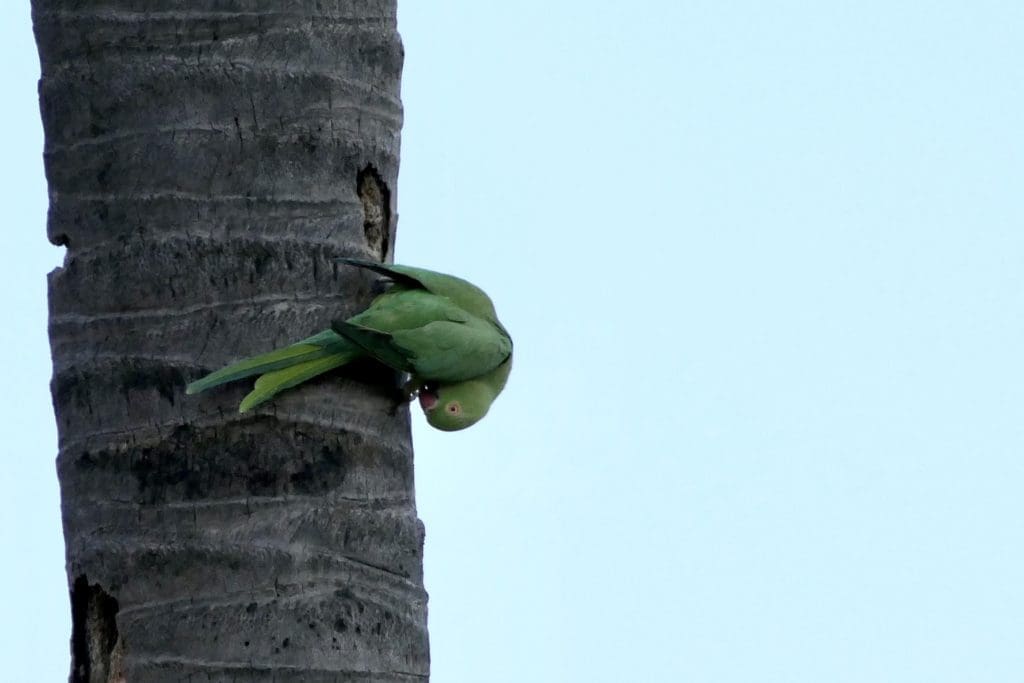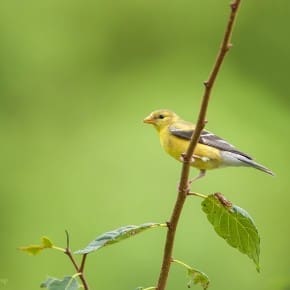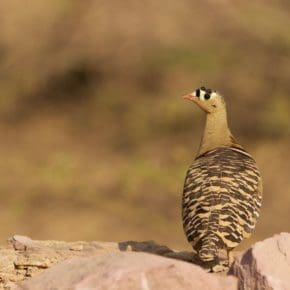I would have liked my hundredth continuous day of birding to arrive at a wetland or a forest. When arrive it did, it was under lockdown, on my balcony, on April 3, 2020 as the country was forced indoors by a raging global pandemic.
From my second-floor balcony in suburban Bangalore, I gaze out every day at the terraces of adjoining apartments, sundry treetops and a patch of sky. On my hundredth straight day of birding, I settled for what this finite vista would offer. I watched a mob of crows chase a Black Kite, and a male Asian Koel pouring out his song of triumphant deception from a jamun tree not far from my balcony.

As far as lockdowns go, let’s say I’ve had a bit of practice. In October 2019, a bout of painful illness confined me to bed for three weeks. This isolation drove home the hard truth that there is not enough time left in the world for me and for the birds. I had made enough excuses — time, money, work, family, household chores…
Birding, my defining pursuit since 1987, had taken a backseat and become an on-off pastime.

Rather than hack away at my pipe-dream to see all the birds in the world at a time when the rupee was plummeting against the dollar and the world was spiralling into chaos, I resolved to do what I could every day. I would not chase trophies. I would settle for crows, mynas, bulbuls, sunbirds…

To know birds intimately, birding cannot be a desultory activity. It is one thing to earn a research grant to set up a hide in a rainforest canopy and study Rhinoceros Hornbills, but (to paraphrase and mangle the poet-saint Basavanna, as translated by AK Ramanujan) what can I, a poor birder with a day job, do?
All these years, I used to make trips to places as far away as Kutch and Odisha and the Himalayan foothills to get my birding fix. This I could not afford to do any longer. I had to find my succour in a routine that interfered only minimally with my cycles of life and work. I had to bring into this pastime the rigours of a daily workout.
For the last 100 days, I’ve been birding every day. Being a devout atheist, my prayers usually start with: “Give us this day our daily bird.”
And, thus, feeling blessed, I set out to seek alms.

I have lived in Bellandur for nearly 15 years but one wetland, perhaps the one closest to where I stay, had always escaped my attention. On the map, it appeared to be dry and inaccessible, unlike Kaikondrahalli and Kasavanahalli lakes where I have gone birding quite frequently. But then, I started to see a spate of pictures on social media and, intriguing as it would be, a number of interesting checklists on eBird.

After a feverish streak of birding in December that took me to Hoskote Lake, Jayamangali and Thattekkad, my birding radar pointed me toward Saul Kere, the neighbourhood wetland that I discovered quite by chance in late December 2019. In the months to come, it became my daily haunt. I visited it on foot, by bike and sometimes by car when I brought a camera along. While I was alone most of the time, I made a few good friends and met fellow-birders here. Often, the morning walkers nodded to me as we passed each other.

In the last 100 days, I have made 46 eBird checklists at this location and recorded 110 species (that’s a significant chunk of the 150-odd species that I have recorded in Bangalore, and the 217 species I’ve checked this year from over 130 checklists at many locations). I watched the ducks and warblers of winter come and go. I knew where to look for the pair of Eurasian Moorhens that were otherwise so elusive. I learned to listen for the wheezy piping of the Lesser Whistling Ducks in the fog. Some birds were regulars on my checklists; others I saw but once. Among the latter were a male Common Rosefinch, a Baillon’s Crake and a Siberian Stonechat.

As winter desiccated the lake, the Northern Shovellers left the lake and the Garganey stayed. At the end of February, the once-numerous Whistling Ducks vanished. Ibises and Black-winged Stilts appeared in large numbers. A few Little Stints and Little Ringed Plovers appeared among the hundreds of Wood Sandpipers. One morning, a flock of Spot-billed Pelicans were seen scarfing the easy pickings of fish. For a few days at a stretch, I saw eight Common Snipes hiding in plain sight among the reed-beds.
Doddanekkundi Lake was another wetland discovery for me during these last one hundred days. But that deserves a separate post.

There were always surprises. My last trip there, on March 20, was just before the lockdown came into effect. A single Brahminy Starling showed up.
One for sorrow.
Another one hundred days in solitude in this lockdown, and I might write a sequel.
- TL;DR – Death Stalks Like A Marabou Stork - July 24, 2024
- Dimorphic Egret – Meet this East African mystery bird - June 8, 2024
- Encounter: Northern Treeshrew in Arunachal Pradesh - May 19, 2024



